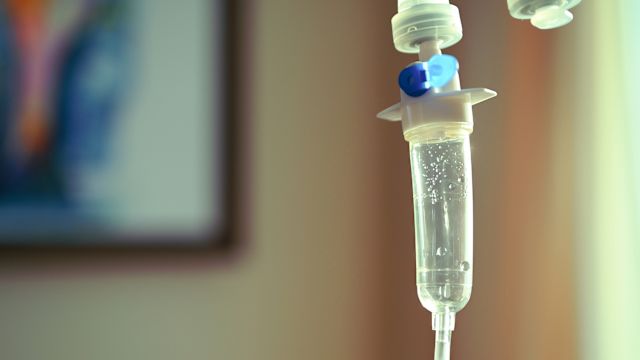Updated on October 20, 2023
Diffuse large B-cell lymphoma (DLBCL) is a type of cancer that originates in white blood cells called B cells.
B cells are a type of lymphocyte, a white blood cell that produces antibodies. Antibodies are proteins that play an important step in ridding the body of infectious pathogens, toxins, and other harmful foreign substances. DLBCL begins when B cells undergo mutations that create cancerous B cells. These cancerous B cells are abnormally large and multiply in an uncontrolled manner.
As the cancerous B cells multiply and increase in number, they can crowd out healthy cells. This can impair the functioning of the immune system as well as organs where diseased cells have accumulated.
White blood cells travel through the body via the lymph system, a network of vessels, nodes, ducts, and organs that connect the immune system to the many organs and systems of the body. The lymph system is also how DLBCL can spread through the body.
Treatment for DLBCL
The main treatments for DLBCL are chemotherapy and immunotherapy. Radiation therapy is also used in many cases. These treatments are typically used in combination with each other. Other therapies may be recommended for cancer that does not respond to treatment or returns after treatment.
Chemotherapy and immunotherapy
- Chemotherapy drugs act on cells that are in the process of multiplying. Because cancer cells multiply faster than normal cells, chemotherapy drugs can be effective at destroying cancer cells.
- Immunotherapy does not act on cancer cells directly, but helps the immune system identify and fight cancer. Immunotherapy drugs called monoclonal antibodies are used to treat DLBCL.
- A combination of drugs is called a regimen. DLBCL is typically treated with a regimen that includes multiple chemotherapy drugs along with one or more immunotherapy drugs. This may be referred to as “chemoimmunotherapy.”
- Different regimens of chemotherapy and immunotherapy drugs are recommended depending on the subtype of DLBCL. Regimens may change if the cancer does not respond to treatment.
- Another type of immunotherapy—called chimeric antigen receptor (CAR) T-cell therapy—may be a treatment option for DLBCL that does not respond to chemoimmunotherapy.
- CAR T-cell therapy involves collecting T cells (a type of immune cell) from the blood of the person being treated. The T cells are modified in a lab to make them more effective at fighting lymphoma. The modified T cells are then introduced back into the person’s blood.
Radiation therapy
- Radiation therapy (also called radiotherapy) uses doses of high-energy to damage cancer cells. This will stop the cancer cells from dividing and cause the cancer cells to expire.
- The type of radiation therapy typically used in the treatment of DLBCL is called external beam radiation therapy.
- External beam radiation is given with a machine that can direct radiation at specific parts of the body (such as an extra-nodal tumor or a group of cancerous lymph nodes). The process is sometimes described as being similar to receiving an x-ray.
- Radiation may be given after chemoimmunotherapy to help clear up any cancerous cells that might remain (an approach called consolidative radiation therapy).
Additional treatment options can be recommended if the cancer does not respond to treatment, including other types of immunotherapy drugs, targeted therapies, stem cell transplants, and clinical trials that may offer access to therapies that are not yet available to the public.
It’s important to remember that DLBCL is a different experience for every person, and that your healthcare providers will be your best source of information about your diagnosis and your treatment options.




